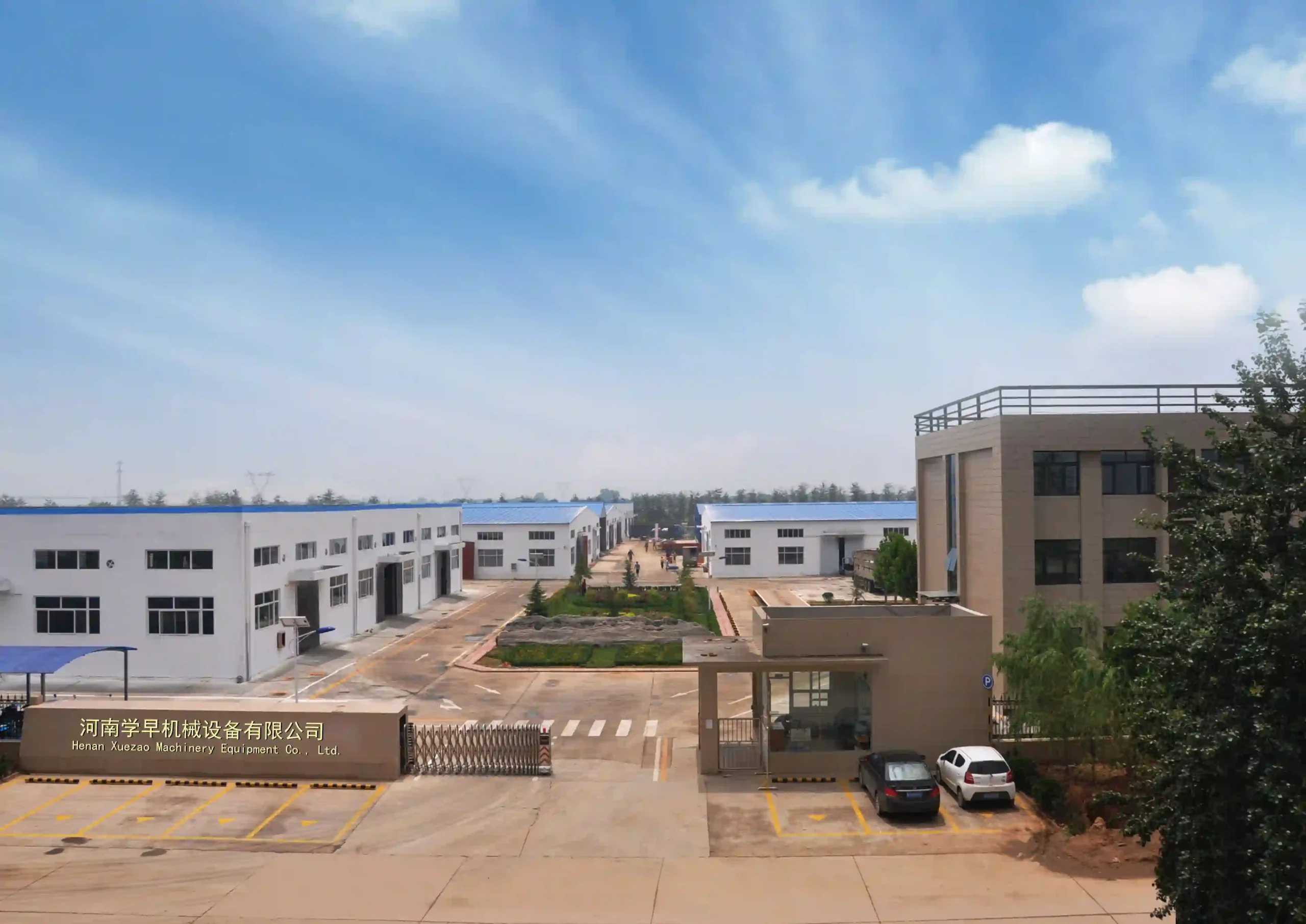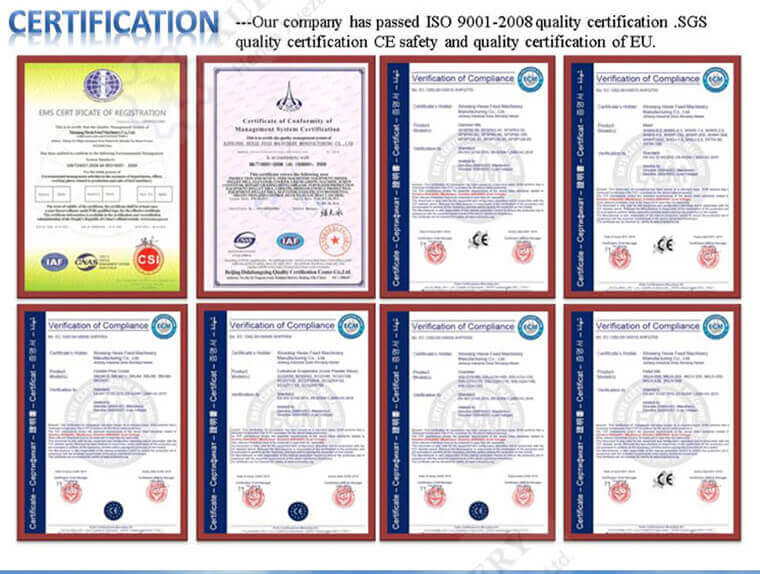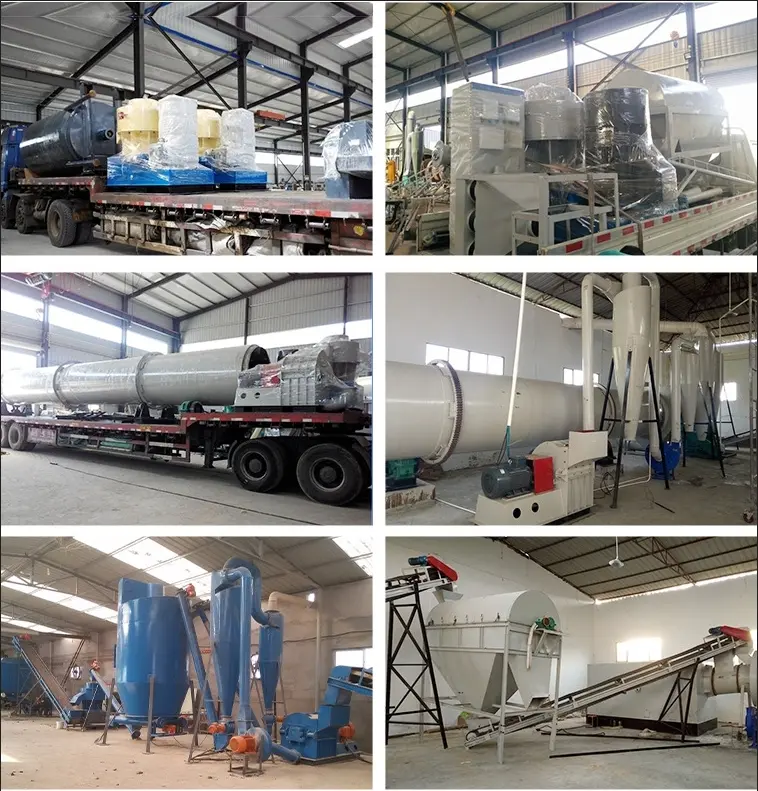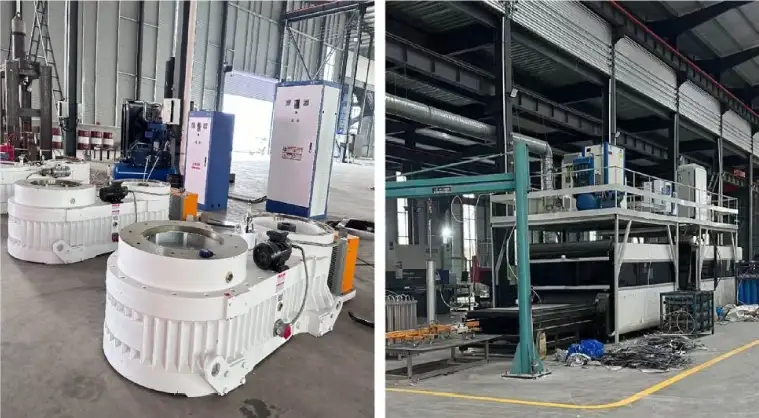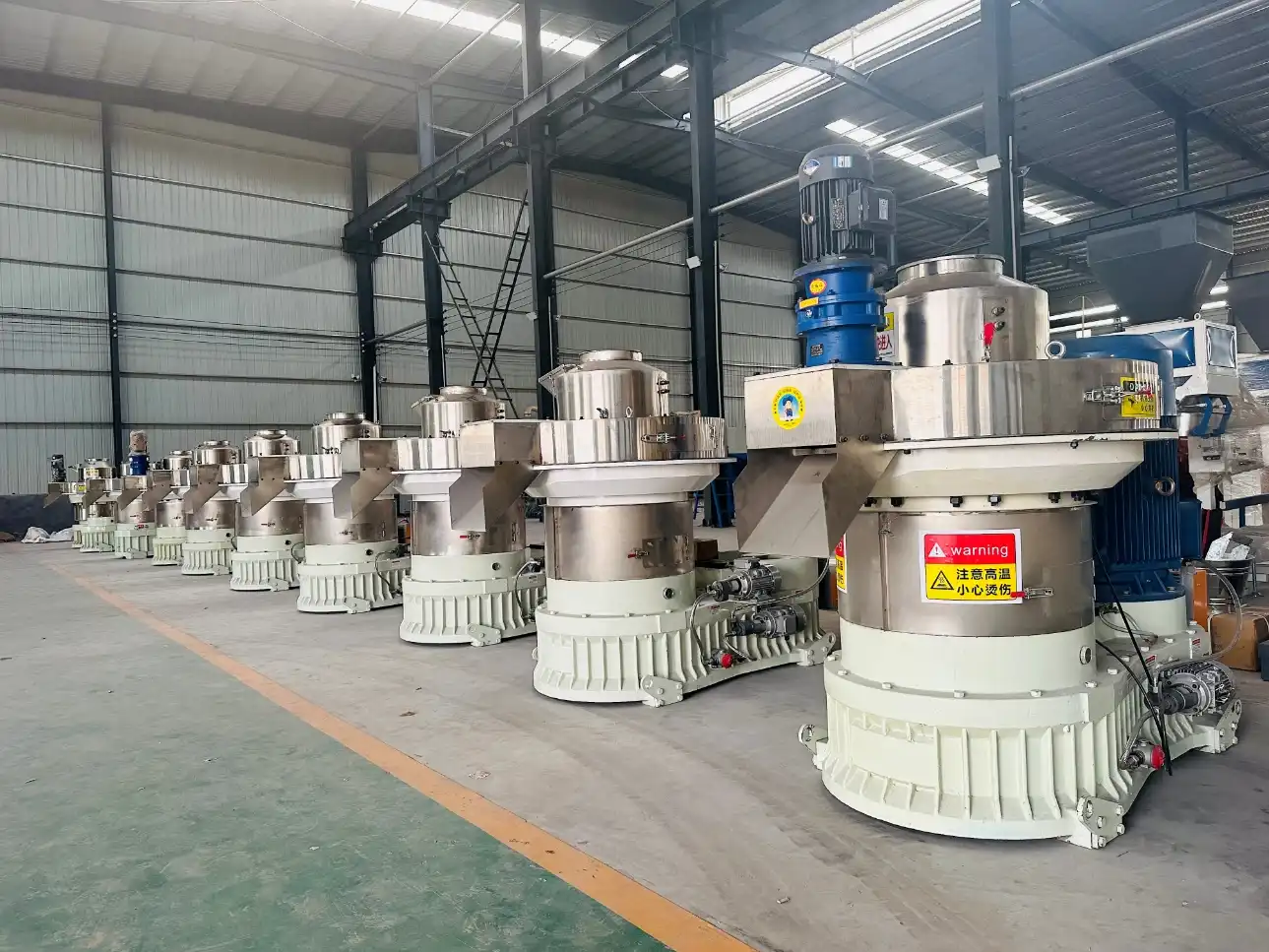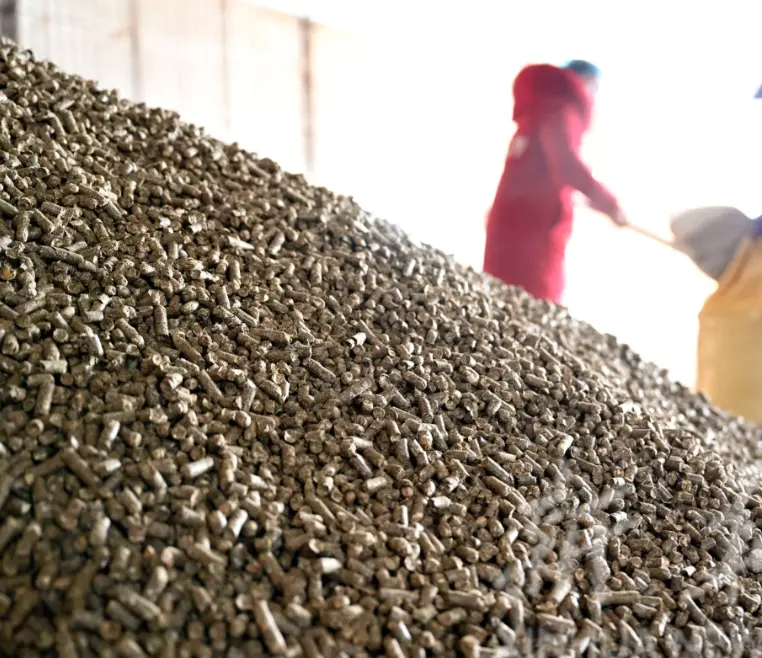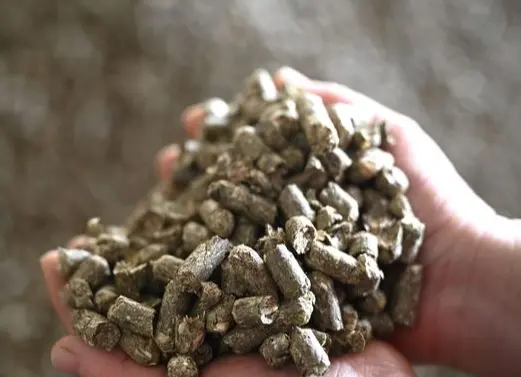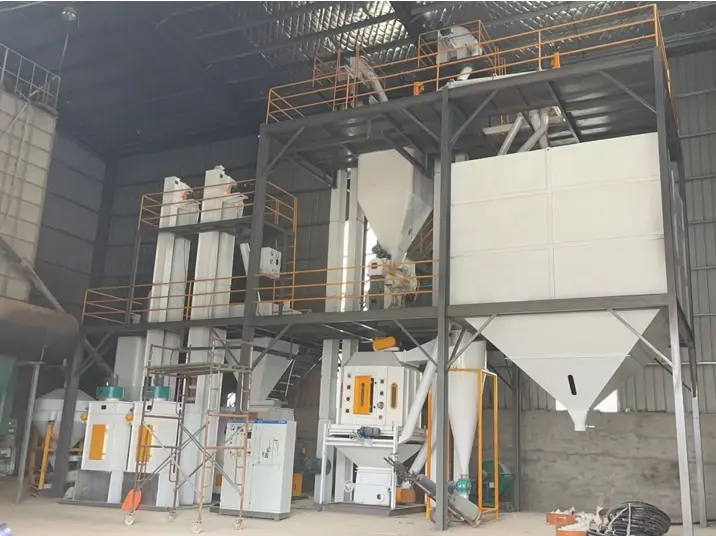
Producing Wood Pellets: A Range of Raw Materials
Various materials like round wood, logs, slabs, branches, chips, shavings, sawdust, leaves, and sawmill waste are used in creating wood pellets.
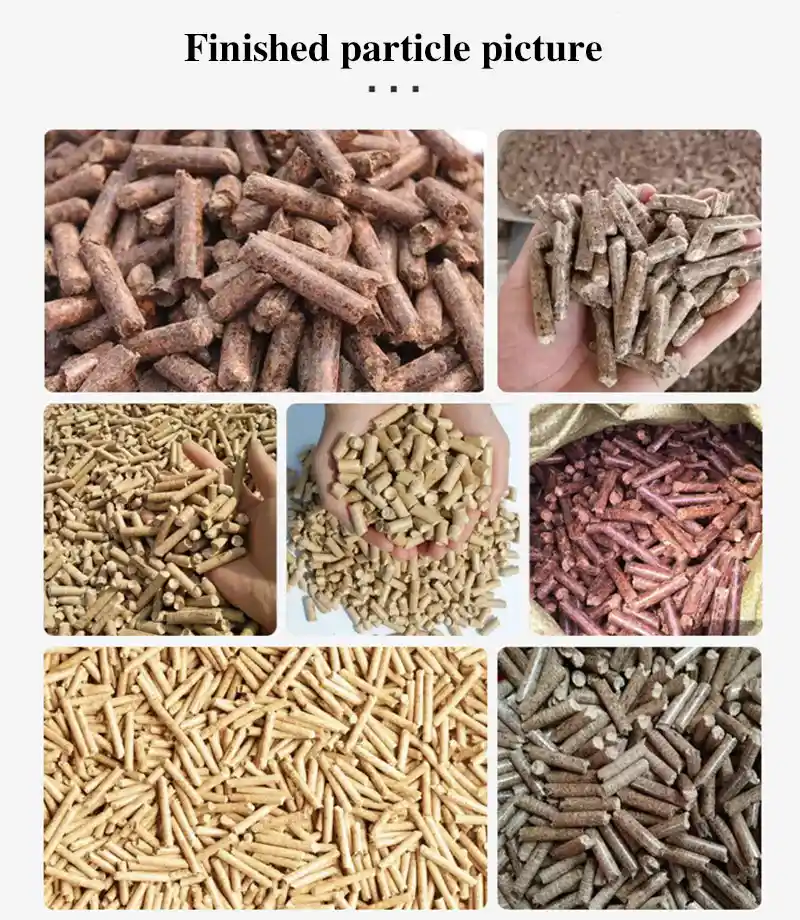
Essential Equipment for Wood Pellets Manufacturing
The wood pellet production line includes a wood crusher, sawdust dryer, pellet machine, cooler, and automatic packing machinery.
Overview of Wood Pellet Manufacturing Process
Industrial wood pellet production involves crushing wood, controlling moisture, pelletizing biomass, cooling pellets, and weighing and packing. The pivotal element in a pellet machine is the die and roller.
Guide to Making BioPellets
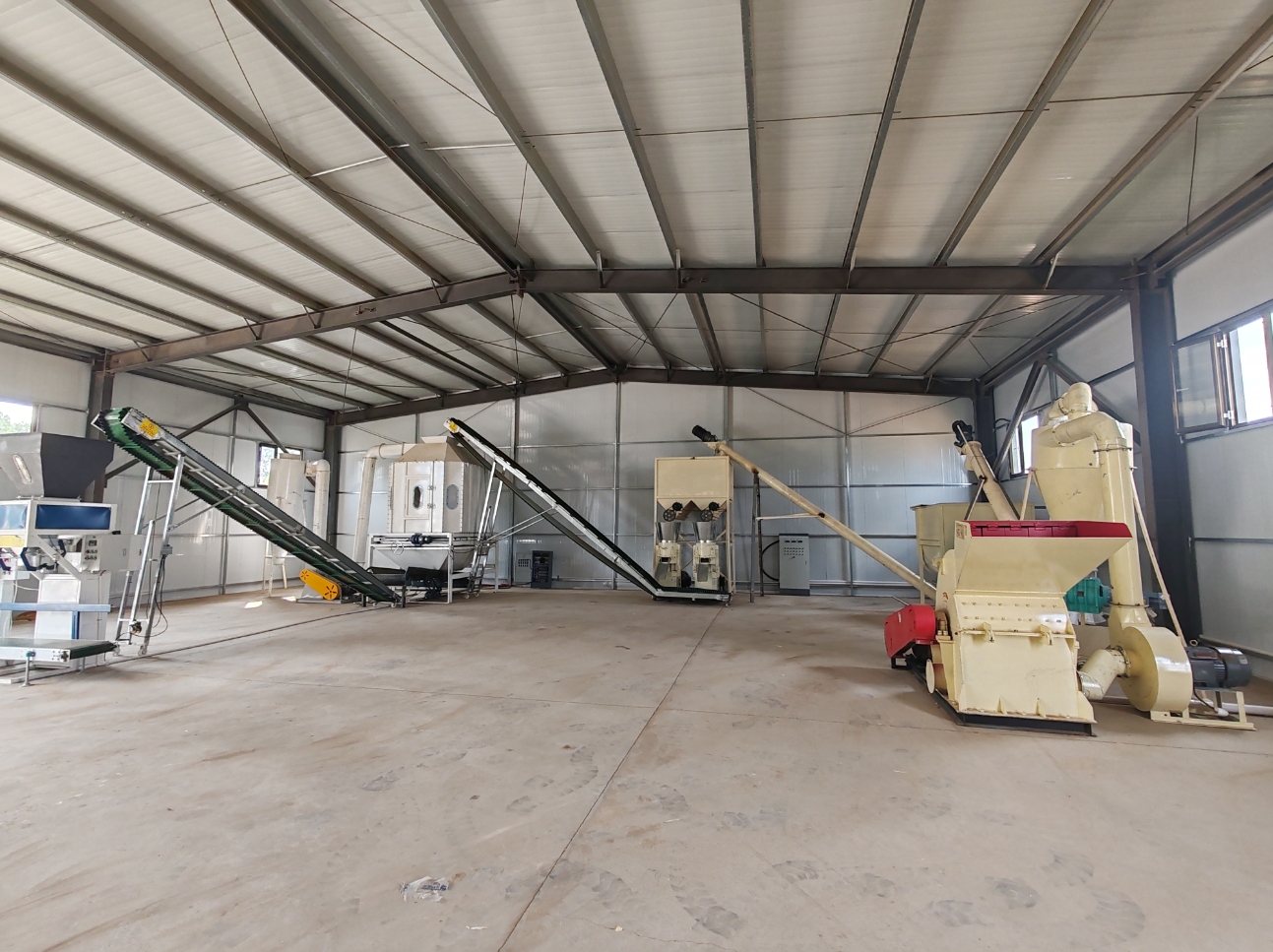
Crushing Wood Material: Raw material should be smaller than pellet size. Wood logs are crushed with a wood crusher, then chipped into smaller pieces using a wood chipper. For pellets ≤6mm, a hammer mill produces sawdust ≤6mm.
Managing Moisture: Ideal pellet moisture is around 12%. In industrial settings, a pellet cooler reduces excess moisture. Smaller operations dry material outdoors or using other methods.
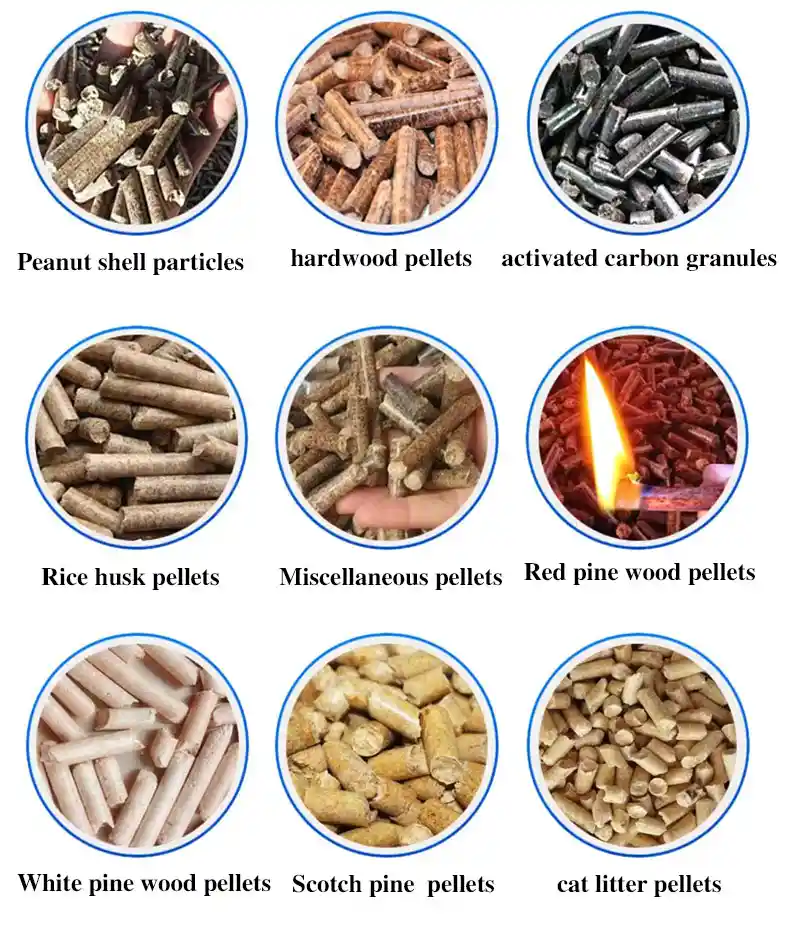
Pelletizing Biomass: Material enters the pelletizing room through a feeder. High-speed motion between the die and rollers increases wood material plasticity, shaping it into pellets through die holes.1-ton-per-hour-wood-pellet-plant
Cooling Wood Pellets: Hot, damp pellets exit the machine. A pellet cooler reduces temperature and moisture, making them harder for storage or transport.
Weighing and Packing Wood Pellets: Packing machines pack pellets into standardized plastic bags for transport or sale. Bulk trucks are essential for large pellet quantities, directly loading pellets from the mill for efficient delivery to storage containers. While more expensive, these trucks streamline processing.
